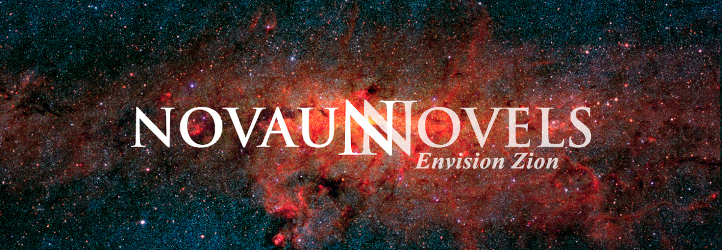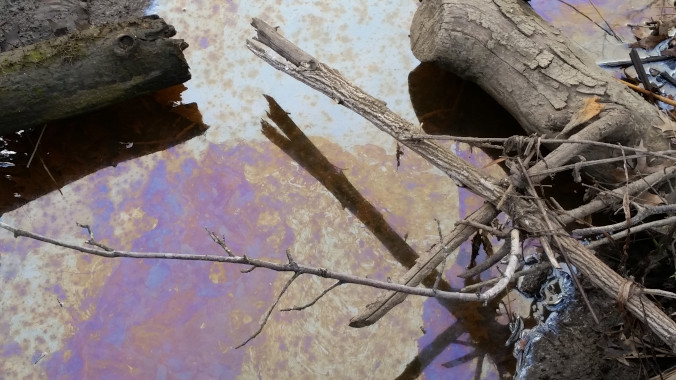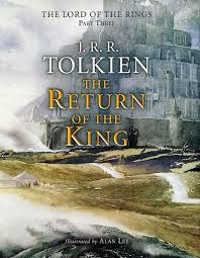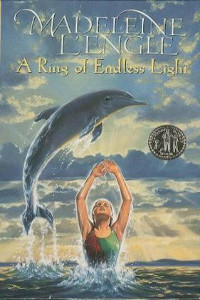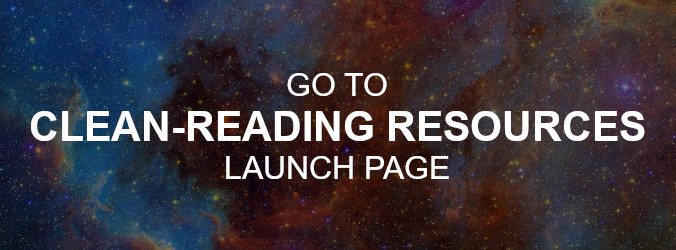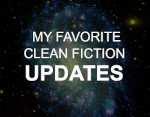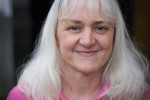I was about twelve years old when I learned that big books written for adults usually contain profanity, graphic sex and violence, and immoral themes. In those days, there weren’t nearly as many books written for teens as there are now, and kids in my junior high school who liked to read devoured adult books and loaned them to their friends.
I understood that there was adult content I shouldn’t read, watch, or listen to, but it was all relative. While I avoided the bigger offenders, I was surrounded by profanity and sex talk every day at school. It was in the PG movies I went to see with my friends, and it was rampant on broadcast TV too, even if it wasn’t always as obvious. Even a lot of the music I listened to on the radio had innuendo.
It was all just a part of my world, and when I encountered unwholesome content in a book, I often read on and didn’t think much about it. I was, in many ways, both innocent and desensitized. The detoxification process took years, and I still struggle at times to keep my media choices at the level of cleanliness I want them to be.
You may be asking, “Why bother? Does it really matter?”
Yes! Absolutely! What it all boils down to is clarity of spirit, mind, and communication. Are we looking at life—which can be difficult and downright perplexing—through a lens that’s clean or cloudy? Can we discern the hope that comes from God, or is our lens so crusty with muck that we see nothing of God in our lives at all? For the importance of cultivating a clear perspective in difficult times, and how the things we take into our minds can either help or hurt that effort, please see the blog post I wrote about J.R.R. Tolkien’s Return of the King.
For more on why what we choose to read matters so very much, see “Wholesome Literature—A Realistic Choice.” This essay approaches the topic from a literary and spiritual point of view and addresses a general faith-based audience. If you would like insights on the subject from a more focused spiritual frame of reference, please see “Delicious Literature to Nourish the Soul” and a chart I put together entitled “The Power of the Word.” Both contain references from the Bible and other scriptures used by members of The Church of Jesus Christ of Latter-day Saints.
In preparation for writing this post and those that follow, I did many searches online to see what tips others were giving for finding “clean reads.” I learned that most of the information on this topic involves linking to websites that list clean books. These are terrific resources, but there’s a caveat—clean reading in the 2020s is every bit as relative as it was in the 1970s when I was a teenager. Every reader has a slightly different set of standards, and a book that one reader thinks is clean may offend another.
For that reason, I designed my own list—“My Favorite Clean Fiction”—to meet a particular set of suggestions, which I explain in “My Clean-Reading Criteria.” Some readers will think these suggestions are too flexible—even lax. Most will think they’re too strict. Whatever the case, readers who use “My Favorite Clean Fiction” can rest assured that I won’t put anything on it that doesn’t meet that particular standard as I define it.
You can find other lists at libraries, on library websites and book sharing sites such as Goodreads, from booksellers, and on blogs. If you have children in school, you may already be looking over their book lists and discussing what they read with them. Here are examples of these lists:
- “Clean Adult Books”: A Goodreads book list.
- “Fiction—Clean Reads”: A library book list.
- “Clean Books for Teens”: A current list from a mother with teens, with links to purchase.
- “Isn’t There Anything I Can Read?”: An old list for teens compiled by a mother.
Looking beyond the lists, search for websites that rate books. These sites can be helpful in both finding and evaluating books, as long as you keep in mind that they often do a very good job of alerting readers to content and don’t always do as well judging the context of that content. Here are a couple of these sites:
I also like websites that review books. I prefer those that discuss context and theme, as well as specific content:
So far, I’ve only discussed digital sources of information about books, but there may come a time when you’ll want to ask an expert. Many librarians and booksellers read a lot and specialize in different types of material. You may want to join a book group affiliated with your community or religious congregation. You’ll read a lot, learn a lot, and make new friends.
People who read a great deal love to talk about books. One of the best ways to get recommendations and information about specific books is to connect with readers who have similar standards. Many of my reading friends still aren’t on Goodreads or any other book sharing site. Many years ago, I compiled a list of book recommendations from many of the women I went to church with: “Clean Reads for Adults, Teens, and Children.”
Absolutely use these lists and information from other sources, but be skeptical. And try not to be judgmental. We all swim in different parts of Babylon’s toxic sea, and we’re all at different levels of desensitization. In the end, you’re the only one who can decide what to put into your mind, just as you’re the only one who can decide what to put into your mouth.
In this series of posts, I’m going to tell you the tactics I use to find wholesome books to read that go above and beyond relying on websites (such as Novaun Novels) that list, rate, and review books. In the next post in this series, I’ll tell you the best places to “fish” for clean books.
Note: This series of blog posts features covers for many of my favorite books in multiple categories and from various time periods. Some are well-known, and others aren’t, but I believe that all of them will be accessible and enjoyable to many teens and adults looking for outstanding clean fiction. Click on the cover to learn more about the book.
The featured image “Toxic Water” is Copyright © 2023 by Katherine Padilla. All rights reserved.
